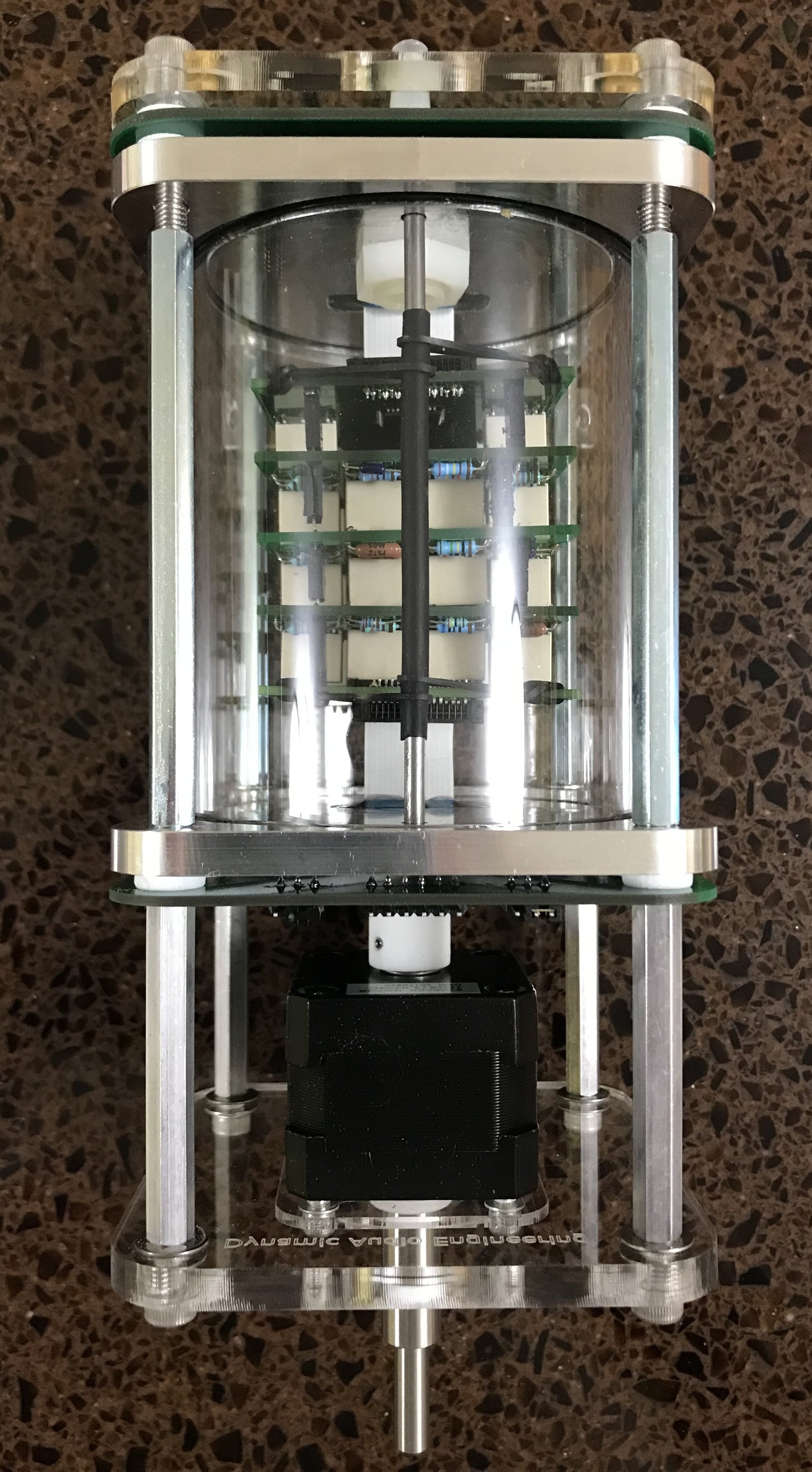Happy New Year.
Sleeve Valve - The picture below shows a new sleeve valve I am testing. The sleeve valve is much smaller than the ball valve I have been using. I have high hopes this will give me the ability to evacuate the chamber, close the sleeve valve and not need to re-evacuate for a long period of time. I also think the sleeve valve is very well built and looks appropriate for the job.
Other work - I have done a lot of testing on the new cable feed through described in my December 31st post. It has a very low leak rate indeed. I also have been testing an absolute vacuum sensor that is installed inside the vacuum chamber. This sensor eliminates the changes in barometric pressure that contaminated the readings I get from the differential vacuum sensor in my vacuum test set-up. Between the sleeve valve and internal vacuum sensor, I can eliminate all the Viton tubing external to the enclosure so I expect an even lower leak rate. Finally I am getting a solution I am happy with.
One more thing - I just started testing a version of my acrylic vacuum enclosure with improved optically clear solvent welded joints and thicker end plates. The new end plates are 9 mm thick instead of 6 mm thick.
More on all this later.
Sleeve valve near centre of image.









